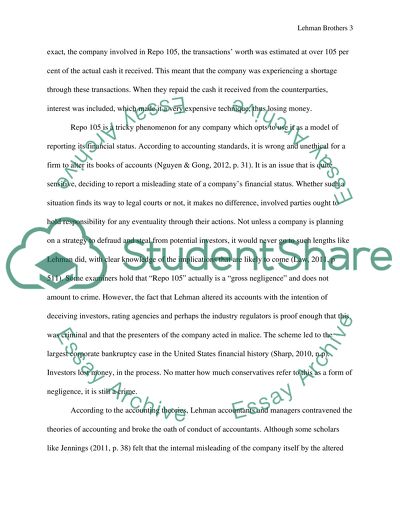Cite this document
(“Lehman brothers Literature review Example | Topics and Well Written Essays - 2000 words”, n.d.)
Retrieved from https://studentshare.org/finance-accounting/1472541-lehman-brothers
Retrieved from https://studentshare.org/finance-accounting/1472541-lehman-brothers
(Lehman Brothers Literature Review Example | Topics and Well Written Essays - 2000 Words)
https://studentshare.org/finance-accounting/1472541-lehman-brothers.
https://studentshare.org/finance-accounting/1472541-lehman-brothers.
“Lehman Brothers Literature Review Example | Topics and Well Written Essays - 2000 Words”, n.d. https://studentshare.org/finance-accounting/1472541-lehman-brothers.


